Income-oriented investors have had a tough go of it for the past several years. Persistently low interest rates have curtailed traditional sources of yield. Yet, by broadening their search criteria, investors may uncover new ways to diversify their income portfolios with potentially more attractive options.
Consider Total Return
When evaluating income-generating opportunities investors need to consider total return — income plus price appreciation, while maintaining a consistent focus on risk reduction. When you think in these terms, certain asset classes can emerge as relatively more attractive. Given these parameters, here are a few equity and fixed-income investments to consider.
Equity real estate investment trusts (REITs) — Equity REITs are investments consisting of diversified portfolios of commercial real estate that are publicly traded on major exchanges.1 Because their focus tends to be on owning U.S.-based properties, equity REITs stand to benefit from improving economic conditions, such as the boost in U.S. job growth, which, in turn, could increase demand for commercial real estate. From a yield perspective, REITs are required to distribute 90% of their annual income to shareholders in the form of dividend payments.
When this income-generating capability is coupled with real estate’s potential to appreciate in value, equity REITs may be considered an attractive investment from a total return perspective. To manage risk, it is wise to maintain a portfolio that is broadly diversified by property type, location, and geographic area. In addition, even though equity REITs are considered equity investments, they historically have had a low correlation with stocks, which allows investors to benefit from the potential for enhanced returns while lowering their equity portfolio’s overall risk profile.
Global bonds — One of the key arguments for considering an allocation to global bonds is to add currency exposure to a portfolio.2 Although currency adds another level of volatility to a portfolio’s fixed-income allocation, it also provides investors with a natural hedge against the devaluation of the dollar, which traditional domestic fixed-income asset classes cannot offer. Another reason to consider adding global bonds is the prospect for higher economic growth rates outside the United States (see table below).2 As world economies grow more quickly, investors with an exposure to global bonds stand to benefit from this growth.
World Economic Growth Rates
| | 2014 | 2015 — Projected |
| United States | 2.4% | 3.1% |
| Developed World (including the United States) | 1.8% | 2.4% |
| Emerging/Developing Markets | 4.6% | 4.3% |
Source: International Monetary Fund, World Economic Growth, April 2015.
When researching global bonds from an income perspective, it may be important to consider that many foreign countries typically run on different business/interest rate cycles than the United States. Therefore, when interest rates are higher abroad, global bond investors potentially may be able to take advantage of these varying cycles to earn higher yields.
Keep in mind that unlike international bond funds, which typically are bound by their investment policies to adhere to a non-U.S.-allocation mandate, managers of global bond funds have the flexibility to shift allocations out of foreign markets back into domestic securities (and vice versa) as conditions warrant. In this way, U.S. investors in global bonds may potentially gain protection on the downside while retaining the ability to participate on the upside.
Leveraged loans — When considering high yield, few investors tend to think of leveraged loans.3 Briefly, leveraged loans are floating rate loans that banks make to below-investment-grade companies, hence their high-yield status. Since they are adjustable rate instruments, tied to short-term interest rates, they can provide investors a hedge against interest rate risk — if interest rates rise, the coupon on the loan resets accordingly. This feature can potentially result in better performance relative to longer-term fixed income in a rising rate environment, as traditional fixed-income asset prices tend to move inversely with changes in interest rates.
One unique feature of leveraged loans that makes them potentially less risky than traditional high-yield bonds is their senior-secured status, meaning in case of a potential default, investors in leveraged loans may be more likely to get their money back.
To learn more about any of these income-oriented investment options contact your financial advisor.
Source/Disclaimer:
1The stock prices of companies in the real estate industry are typically sensitive to changes in real estate values; property taxes; interest rates; cash flow of underlying real estate assets; occupancy rates; government regulations affecting zoning, land use and rents; and the management skill and creditworthiness of the issuer. Companies in the real estate industry may also be subject to liabilities under environmental and hazardous waste laws which could negatively affect their value.
2Foreign bond investments involve greater risks than U.S. bond investments, including political and economic risks, the risk of currency fluctuations, as well as liquidity risks and may not be suitable for all investors.
3Lower-quality debt securities involve greater risk of default or price changes due to changes in the credit quality of the issuer. They may not be suitable for all investors.
Because of the possibility of human or mechanical error by Wealth Management Systems Inc. or its sources, neither Wealth Management Systems Inc. nor its sources guarantees the accuracy, adequacy, completeness or availability of any information and is not responsible for any errors or omissions or for the results obtained from the use of such information. In no event shall Wealth Management Systems Inc. be liable for any indirect, special or consequential damages in connection with subscriber’s or others’ use of the content.
© 2015 Wealth Management Systems Inc. All rights reserved.







